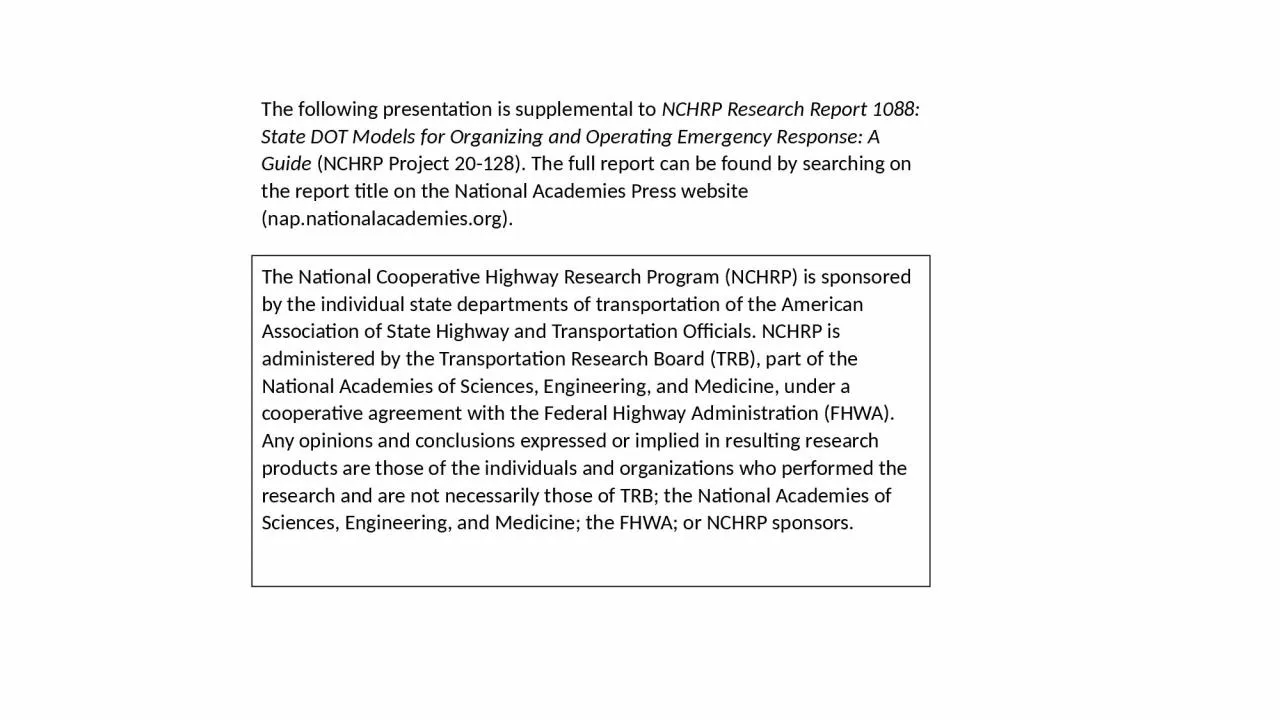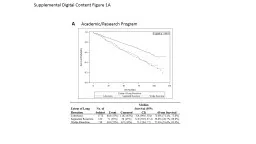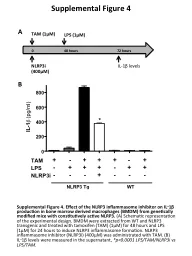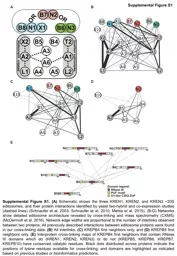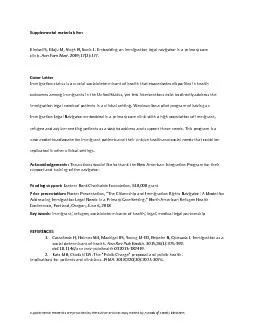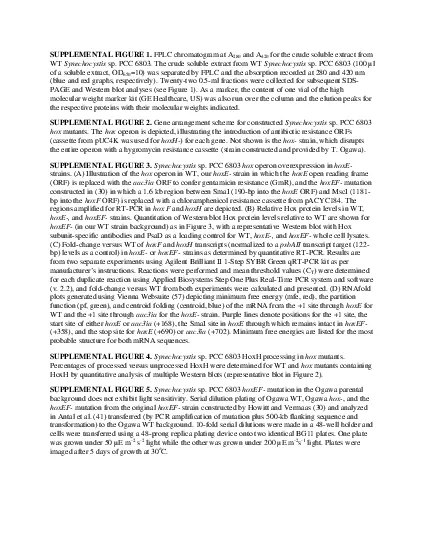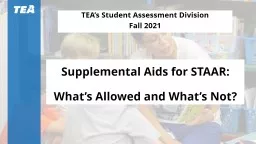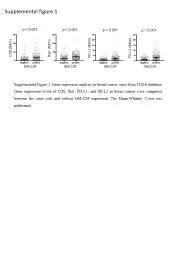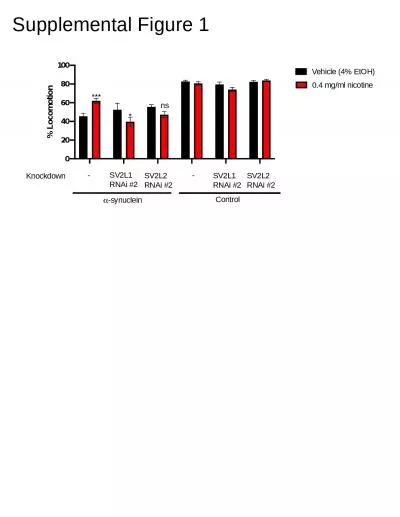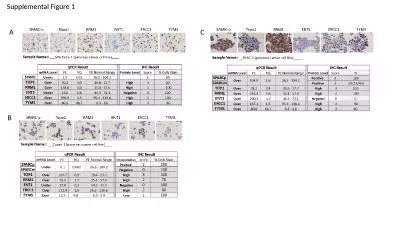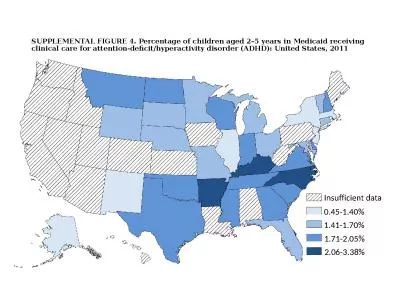PPT-The following presentation is supplemental to
Author : berey | Published Date : 2024-02-09
NCHRP Research Report 1088 State DOT Models for Organizing and Operating Emergency Response A Guide NCHRP Project 20128 The full report can be found by searching
Presentation Embed Code
Download Presentation
Download Presentation The PPT/PDF document "The following presentation is supplement..." is the property of its rightful owner. Permission is granted to download and print the materials on this website for personal, non-commercial use only, and to display it on your personal computer provided you do not modify the materials and that you retain all copyright notices contained in the materials. By downloading content from our website, you accept the terms of this agreement.
The following presentation is supplemental to: Transcript
Download Rules Of Document
"The following presentation is supplemental to"The content belongs to its owner. You may download and print it for personal use, without modification, and keep all copyright notices. By downloading, you agree to these terms.
Related Documents

